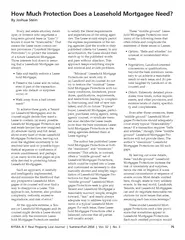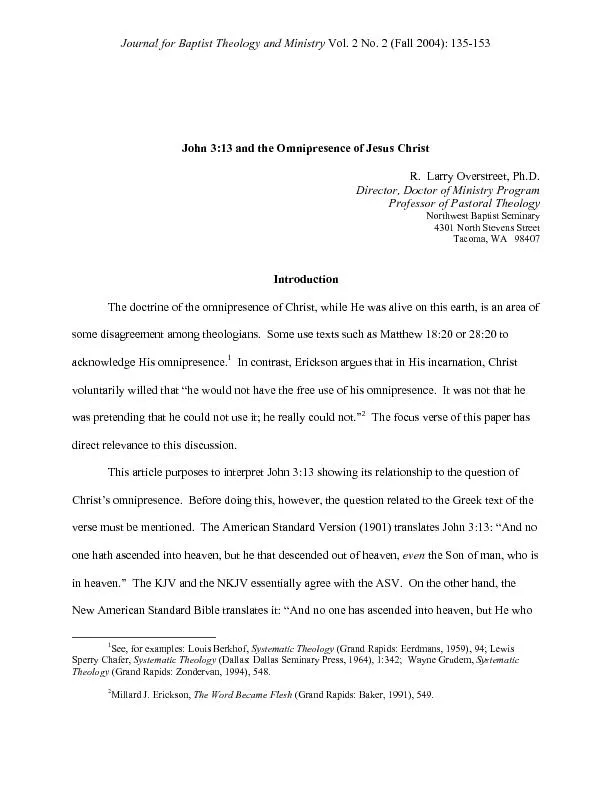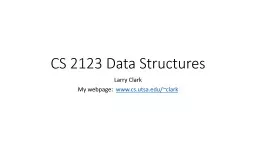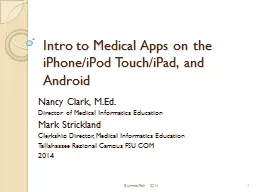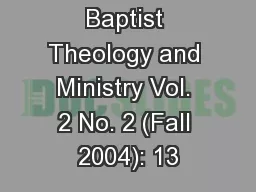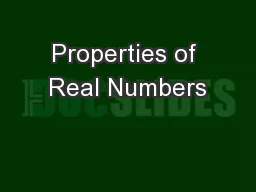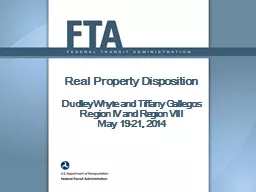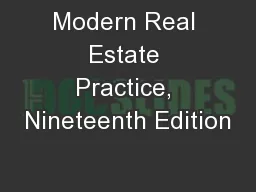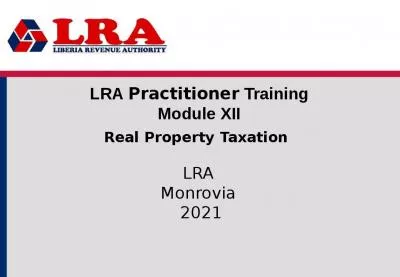PDF-N.Y. Real Property Law Journal| Summer/Fall 2004 | Vol. 32 | No.
Author : natalia-silvester | Published Date : 2015-08-24
How Much Protection Does a Leasehold Mortgagee Need Every real estate attorney developer or investor who negotiates alongterm ground lease a
Presentation Embed Code
Download Presentation
Download Presentation The PPT/PDF document "N.Y. Real Property Law Journal| Summer/..." is the property of its rightful owner. Permission is granted to download and print the materials on this website for personal, non-commercial use only, and to display it on your personal computer provided you do not modify the materials and that you retain all copyright notices contained in the materials. By downloading content from our website, you accept the terms of this agreement.
N.Y. Real Property Law Journal| Summer/Fall 2004 | Vol. 32 | No.: Transcript
Download Document
Here is the link to download the presentation.
"N.Y. Real Property Law Journal| Summer/Fall 2004 | Vol. 32 | No."The content belongs to its owner. You may download and print it for personal use, without modification, and keep all copyright notices. By downloading, you agree to these terms.
Related Documents

